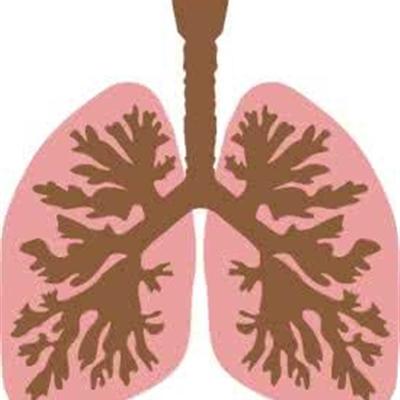Abdominal aortic aneurysm symptoms?
summary
Abdominal aortic aneurysm (AAA) is a kind of local or extensive permanent expansion or bulge caused by the destruction of the middle structure of the artery and the pressure of the arterial wall unable to bear the impact of blood flow. Abdominal aortic aneurysm symptoms? Let's talk about it.
Abdominal aortic aneurysm symptoms?
1. Pain is a common clinical symptom of abdominal aortic aneurysm, about 1 / 3 patients show pain. Most of them are located around the umbilicus, two ribs or waist. The nature of pain can be dull pain, distending pain, stabbing pain or knife cutting pain. It is generally believed that pain is caused by the tension increase of tumor wall, which leads to the traction of adventitia and retroperitoneum and compression of adjacent somatic nerves. Huge abdominal aortic aneurysm can also cause nerve root pain when it erodes the spine. It is worth noting that sudden severe abdominal pain is often the characteristic manifestation of ruptured abdominal aortic aneurysm or acute tension. The characteristics of pain caused by acute expansion of abdominal aortic aneurysm are very similar to those caused by rupture. The pain was persistent and severe, and it was not relieved by the change of body position. However, the pain of acute dilation of abdominal aortic aneurysm is not accompanied by hypotension or shock. Because the manifestation of pain is so important, sudden abdominal pain is regarded as the most dangerous signal. Pain is closely related to surgical indications and mortality. In general, the mortality rate of painless unruptured abdominal aortic aneurysm patients is 4.9%, while the mortality rate of painless unruptured abdominal aortic aneurysm patients is as high as 26.5%, especially in patients with pain and tenderness, the mortality rate of operation can be as high as more than twice that of patients with simple abdominal pain.

2. With the expansion of abdominal aortic aneurysm, the compression symptoms can compress the adjacent organs and cause the corresponding symptoms, which are more common in clinic. (1) intestinal compression symptoms: This is the most common organ of abdominal aortic aneurysm compression. Due to the less activity of duodenum, early symptoms may occur due to compression. Can show abdominal discomfort, fullness, loss of appetite, severe will appear nausea, vomiting, exhaust defecation stop and other incomplete or complete intestinal obstruction and other symptoms. Most of them were misdiagnosed as other gastrointestinal diseases, which delayed the early diagnosis of abdominal aortic aneurysm. (2) urinary system is oppressed: because of abdominal aortic aneurysm compression or inflammatory abdominal aortic aneurysm invading ureter, ureteral obstruction, hydronephrosis and urinary calculus incidence rate also increase, which can cause pain in the waist, and even severe abdominal pain in the groin area. And can accompany hematuria. Because of anatomy, the left ureter is the most vulnerable. (3) symptoms of bile duct compression: it is rare in clinic, and most patients show discomfort in liver area and anorexia of greasy food. In severe cases, the skin and sclera of the whole body can be yellow stained, the urine is red, and the stool is clay colored. Biochemical examination showed obstructive jaundice.

3. Embolic symptoms: once the thrombus of abdominal aortic aneurysm falls off, it becomes an embolus, embolizing its blood supply organs or limbs and causing corresponding acute ischemic symptoms. If the embolic site is mesenteric vessels, it is characterized by intestinal ischemia. In severe cases, it may cause intestinal necrosis. The patient developed severe abdominal pain and bloody stools, followed by hypotension and shock, as well as abdominal peritoneal irritation. Embolism to the renal artery can cause infarction in the corresponding part of the kidney. The patient shows severe low back pain and hematuria. When embolized to the main arteries of the lower extremities, there will be corresponding limb pain, pulse weakening or even disappearing, limb paralysis, pale color, and paresthesia.

matters needing attention
High protein nutrition should be taken before operation, and blood pressure, pulse and wound bleeding should be observed after operation. If the cardiopulmonary function is good and there is no bleeding after the operation, the patient should be encouraged to get out of bed early. If the lung function is poor, encourage the patient to cough and exercise.












